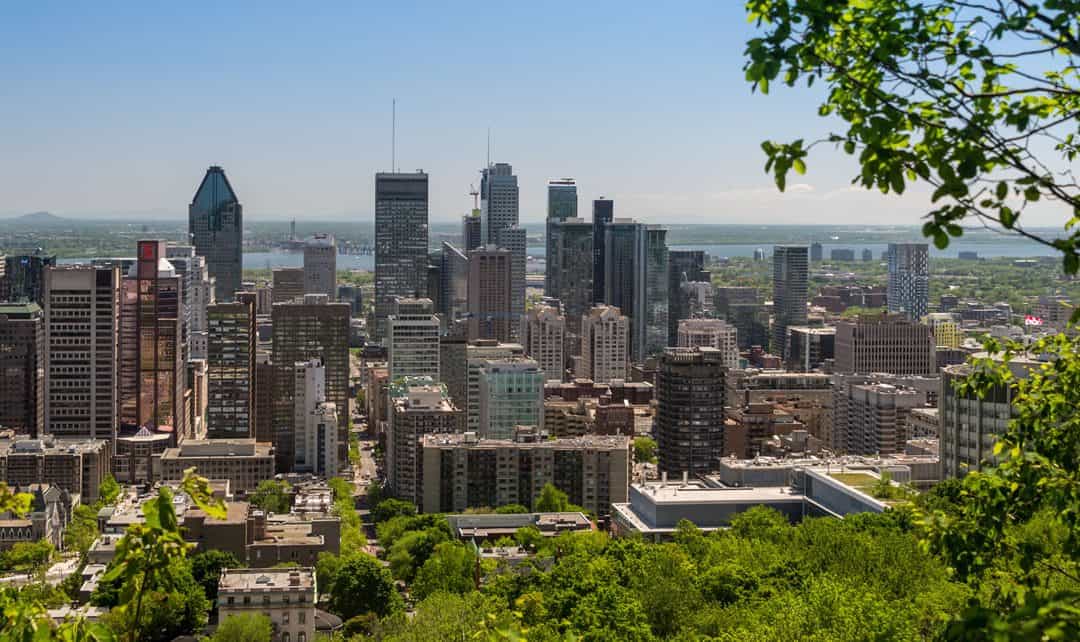In 2016, there were 1.34 million empty and temporarily occupied homes in Canada, says a new report by Point2Homes. It says in 2001, when the government first started collecting data on occupied dwellings, 7.8 per cent of all homes in Canada were vacant. In 2006, the vacancy rate had increased to 8.4 per cent; by 2016, it had reached 8.7 per cent.
More than 66,000 homes are sitting empty in Toronto and around 64,000 vacant homes are spread across Montreal, while Calgary, Ottawa and Edmonton all have more than 20,000 vacant properties, says the report. Of Canada’s largest cities, Vancouver has the highest share of empty dwellings: its 8.2 per cent rate translates into about 25,000 vacant homes.
In contrast, vacancy rates in the U.S. never climbed higher than 2.8 per cent, according to the Federal Reserve Bank, while Canada’s empty homes represent 8.7 per cent of the market, according to the 2016 data.
“Canada’s housing problem extends beyond foreign buyers jacking up prices and unaffordability taking over major cities,” says report author Andra Hopulele. “Speculation and short-term renting are the main culprits behind the high vacancy rates in places like Toronto and Vancouver. In many other cities across the country, falling population and fluctuations in the local economy drive the number of vacant homes up.”
Point2Homes says of Canada’s 10 largest cities, Winnipeg saw the biggest jump in the number of empty homes (42.7 per cent), followed by Montreal (36.3 per cent) and Edmonton (32.5 per cent). Vancouver saw its number of empty dwellings go up 9.6 per cent in the decade between 2006 and 2016, while Toronto’s vacancy rate actually decreased by 4.7 per cent.
The most significant increases in the number of vacant dwellings of all the cities in the study were in Grande Prairie (+181.4 per cent), Leduc (+172.4 per cent) and Fort Saskatchewan (+146.8 per cent), all in Alberta; the biggest drops were seen in Ajax, Ont. (-53.1 per cent), Burlington, Ont. (-52 per cent) and Port Moody, B.C. (-50.4 per cent).
The highest vacancy rates in 2016 were in Kawartha Lakes, Ont. (19 per cent), Collingwood, Ont. (17.7 per cent) and Wood Buffalo, Alta. (16.4 per cent), while the lowest vacancy rates in 2016 were in Sainte-Julie, Que. (one per cent), Orangeville, Ont. (1.2 per cent) and Boucherville, Que. (1.4 per cent), says the report.
“Although the decade from 2006 to 2016 saw profound changes and fluctuations in vacancy rates at the local level, both current analyses and future market prospects point to more balanced conditions overall,” says Hopulele. “Moderation seems to be the name of the game, with housing stocks getting in line with population changes and economic conditions in all major regions across the country.”














